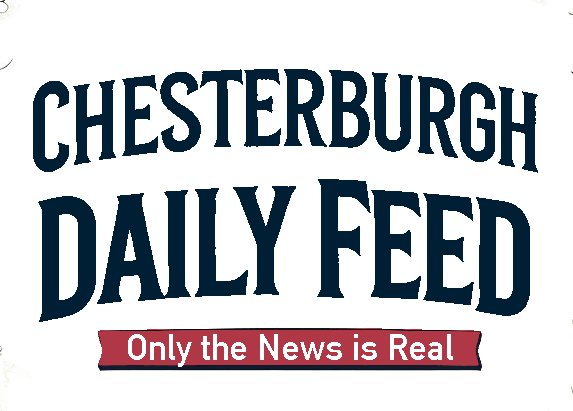NYC’s Shattered Veil: The Relentless Darkness of Hidden Truths and Toxic Lies

In the twilight shadow of catastrophe, where the echo of collapsing towers still haunts the skyline and the souls tethered to that day linger in limbo, the struggle for truth becomes a macabre dance. The recent reversal by New York City—admitting it has been able all along to locate documents revealing what City Hall knew about the 9/11 toxins that poisoned so many—unveils a grotesque irony. It is not just bureaucracy slow-walking transparency but a sinister, almost poetic decay of accountability. What else festers beneath the surface, unseen and denied, while the city bathes in artificial lights?
We live in times where official narratives are carefully curated palimpsests, layered with selective forgetting and conscious obfuscation. The city’s long-standing claim that it “could not find” these documents reads less like a simple bureaucratic failure and more like a deliberate act of erasure—an attempt to bury evidence beneath the rubble of anguish and injustice. To realize that the information was always within reach only deepens the dusk crowning our collective ordeal.
9/11, a day drenched in collective trauma and heroic memory, also gave birth to insidious contamination—particles of death and disease swirling through the dust and the air, lingering in lungs and in shadows. The silence around the municipal knowledge of toxic exposure for so many years weaves a narrative of betrayal. Those suffering from respiratory illnesses and cancers, linked directly to the poisons released on that grim morning, were abandoned not only by fate but by the hands meant to protect them.
There is a quintessentially nihilistic undertone in exposing the fact that what was concealed, denied, or "unfound" for decades magically surfaces when the pressure inevitably mounts. Truth, in this context, becomes a chokehold rather than a guiding light. The absence of transparency is not just a failure of governance—it is a testament to the rot embedded within the very machinery designed to uphold justice. It is a merciless reminder that darkness is often not an absence of light, but a calculated refusal to illuminate.
The wilful blindness of City Hall resonates deeply with a broader pattern haunting many institutions: the preference for shadows over exposure. The consent to obfuscate, to delay, to dissemble, plays on human forgetfulness as if time can rot away the stain of iniquity. But like the dust in the air after collapse, this darkness lingers invisibly, silently poisoning the conscience of the city. The plight of the 9/11 first responders and survivors is emblematic of innumerable other wounds—urban landscapes battlegrounds for battles unseen by the public eye.
This revelation comes at a grim crossroads where hope and despair entwine in bitter embrace. The very structures that wove themselves into the narrative of resilience and recovery are also the same that orchestrated denial and neglect. It is not just a story about lost or hidden documents; it reverberates as a dirge for all the ways in which power distances itself from responsibility, cloaked in procedural excuses and legal labyrinths.
The creeping poison of the dust is a metaphor for the decay of trust in institutions that once promised to shield their citizens. When the silence is shattered by inconvenient truths, the fissures exposed are raw and bleeding. It is a visceral reminder that darkness is not an abstract force; it is the sum of every unspoken lie and every effort to keep human suffering out of sight—buried not under rubble but beneath layers of bureaucratic denial.
Yet, even in such depths, the harsh beauty of dark poetry emerges—truth twisted into irony, transparency drowned in shadows, and justice throttled by silence. It is a brutal narrative written in the ash and dust of a city that, for all its luminous skyline, harbors shadows as thick and suffocating as the air that lingered long after the collapse.
The unsettling spectacle of a city admitting what it once claimed impossible to find offers no salvation; instead, it opens wounds that had barely begun to heal. It is a reminder that darkness does not retreat because light is offered. Darkness clings, feeds on the fractures in memory and morality, and festers where silence reigns.
In the end, this is not just about misplaced documents. It is a lament of what happens when those entrusted with care choose concealment over clarity. It is a requiem for a city mourning not only its dead but the slow, insidious death of its own integrity.
And so the dust settles, heavy and unyielding, a grim testament to the shadows that will forever haunt us if we choose to look away.

